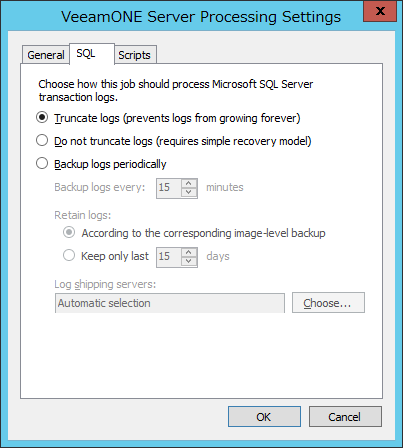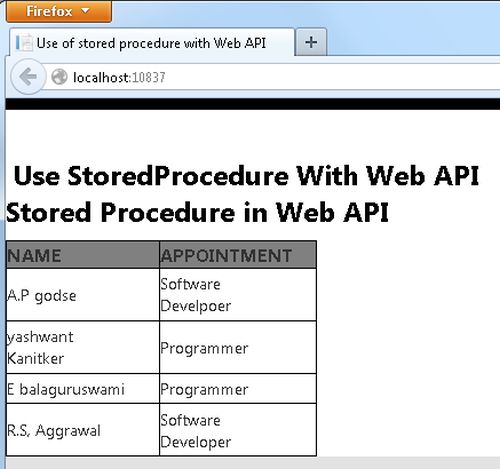
Being able to create, grow, and delete LUNs without bringing a database down is a major benefit of putting the database on a SAN. (For example, you might want to use an iSCSI SAN for testing and development and use a Fibre Channel SAN for production.)Ībility to create, grow, and delete LUNs dynamically. Consider buying a storage array that supports both Fibre Channel and iSCSI, so that you have the flexibility to switch from one to the other or implement both. Support for Fibre Channel and iSCSI on the same array.
SQL SERVER VDI API UPDATE
Doing so requires three block I/Os and an update to a link, whereas the first approach requires only one block I/O.This difference becomes significant for disk performance as large numbers of blocks are updated. In Figure B, block D is moved from the current block to a new block so that the new contents of D can be written to D's old location. Copy-on-write requires more data movement and overhead on the storage array's part than the first approach. This approach, which Figure B shows, is often called copy-on-write.
SQL SERVER VDI API FREE
The second methodology is to copy the snapshot block to a free block, then overwrite the block that was just copied. Of the two approaches, this is the more efficient because it requires only one block I/O operation to write the new block and one update to a pointer. Vendors use one of two basic methodologies for handling snapshots after data has been modified.The first methodology, which Figure A shows, is to leave the snapshot block alone and use a free block to write the modified block information. Snapshots work about the same in all storage arrays.The idea is to freeze all the blocks of data in a database and the structure of the data being captured at a point in time. These guidelines can help you narrow down the type of storage array you need to house your SQL Server databases. Next stepsįor more information, see the SQL Server virtual device interface reference overview.Storage arrays are available in a wide spectrum of capacities and capabilities, and sorting through the options can be confusing. If that variable is set in the environment, then the Create method internally calls CreateEx, passing the value of VIRTUAL_SERVER_NAME as the instance name.

The original Create method implements a form of instance name support with the VIRTUAL_SERVER_NAME environment variable. The original Create method is deprecated and should not be used in future development. The CreateEx method supersedes the Create method defined in the original IClientVirtualDeviceSet. Access is granted to the account running the SQL Server service.

CreateEx will serialize with other calls to CreateEx, but is unable to serialize with external processing. Because of this, any other modification of the process handle must be serialized with invocation of CreateEx. The CreateEx (and Create) calls will modify the security DACL on the process handle in the client process. The instance name must identify the instance to which the Transact-SQL is issued. After invoking the Close method, the client can reuse the interface to create another virtual device set. The CreateEx method should be called only once per BACKUP or RESTORE operation. One or more of the fields in the configuration was invalid or otherwise unsupported.

This is the configuration for the virtual device set. Prefixing the string with the user's product or company name and database name is recommended. Any character except backslash () may be used. The rules for names used by CreateFileMapping() must be followed. This string identifies the SQL Server instance to which the SQL command will be sent. Syntax HRESULT IClientVirtualDeviceSet2::CreateEx (

The CreateEx function creates the virtual device set.


 0 kommentar(er)
0 kommentar(er)
